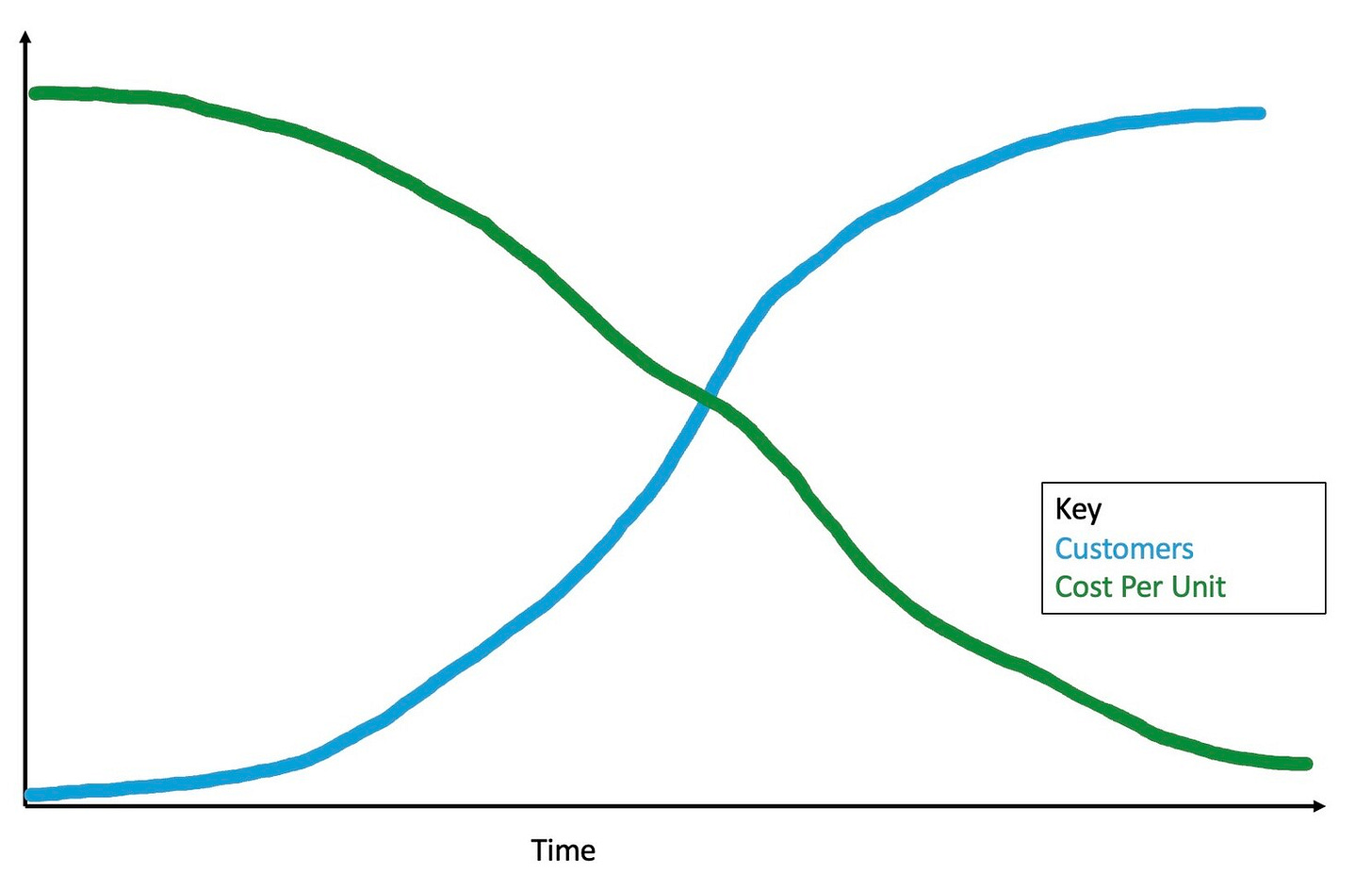Purchasing a sustainable product should leave us feeling warm and fuzzy. Yet all too often we leave those transactions with a cold prickly: confused by the marketing claims we encountered, wondering if we fell victim to "greenwashing", and nervous that we overpaid for something that isn't any better for the world.
I'm here to tell you that these feeling of anxiety and buyer’s remorse are counterproductive.
The truth is simple - if we can’t feel good about shopping better, we’ll never succeed in making sustainable products mainstream. As my friend and old colleague Steve Isley has written, there is no one size fits all definition for sustainable products, so stop looking for one.
Remember, it’s Ok to Choose Your Spots – if you obsess about the relative sustainability of every purchase you make, you'll be miserable, confused, and quickly out of money. Instead, pick product categories and issues that matter to you and try to shop your values when the opportunity arises. For environmental and ethical reasons, I prefer plant-based meats. Sometimes, though, my kids want hot dogs for dinner, so that’s what we have. And I’m good with that.
Being selective means that I don’t feel bad about not being the first to buy an all-electric car for my family of five. We all have different budgets, preferences, and constraints. Remembering that no one can solve these problems on their own, but that every decision matters, makes me appreciative of what I’m doing and thankful for the others taking similar actions (especially in different product categories).
When I make a sustainable purchase, I think about how I'm paying it forward. Innovations that achieve widespread adoption tend to follow an S-curve, starting at zero and eventually reaching market saturation (see the blue line). As people buy and love a product, they tell their friends, some of whom also buy it and tell others. Over time, the increasing demand helps the business achieve economies of scale that drastically reduce unit costs (green line).
Sometimes, I imagine my purchase as a tiny step up the steep part of the blue adoption curve towards widespread product usage.
Other times, I imagine myself pushing us down the green curve, with the extra money I spent versus the conventional alternative providing a sustainable business with the cash they need to achieve economies of scale and reduce the cost for future consumers. In effect, I’m intentionally paying a Green Premium.
In my more self-focused moments, I imagine my impact on the blue curve; at my best, I think about the green cost curve and how I’m paying it forward.
No one person can create the future we want. But if we all do our small part, we can bring the more sustainable future we all want into existence.
Isn't that something to smile and feel good about? I think so.




